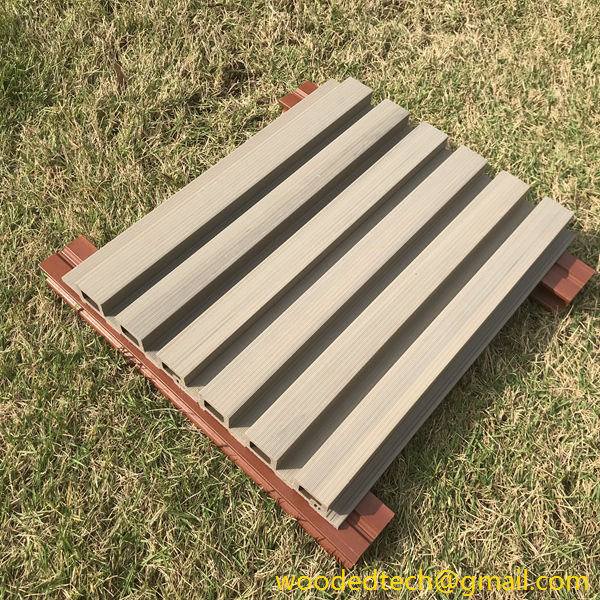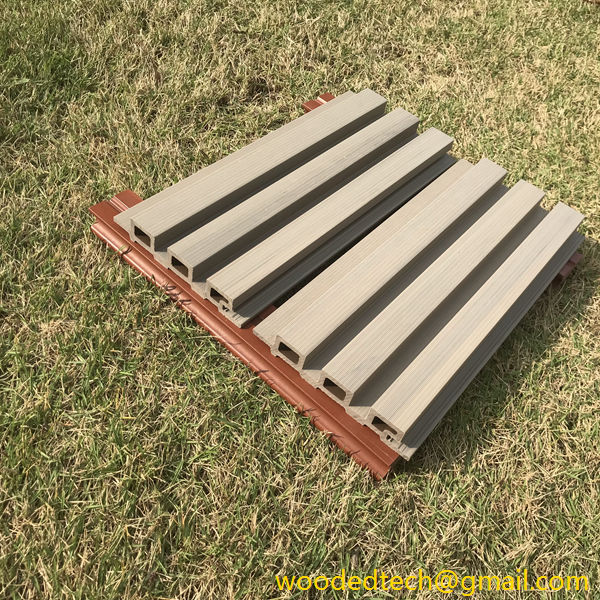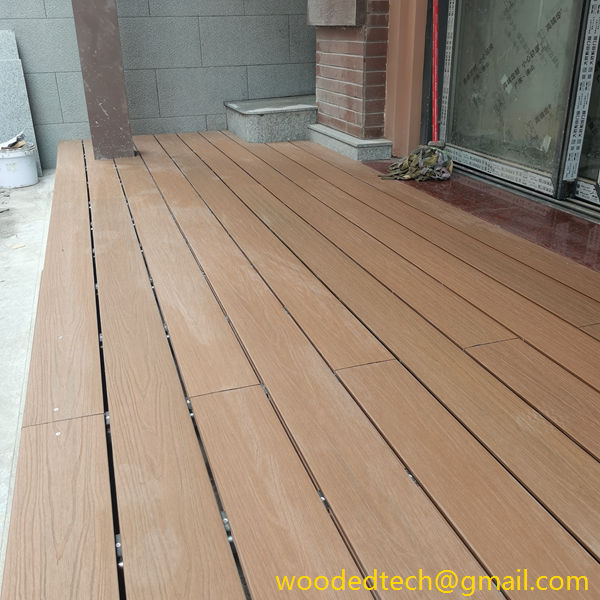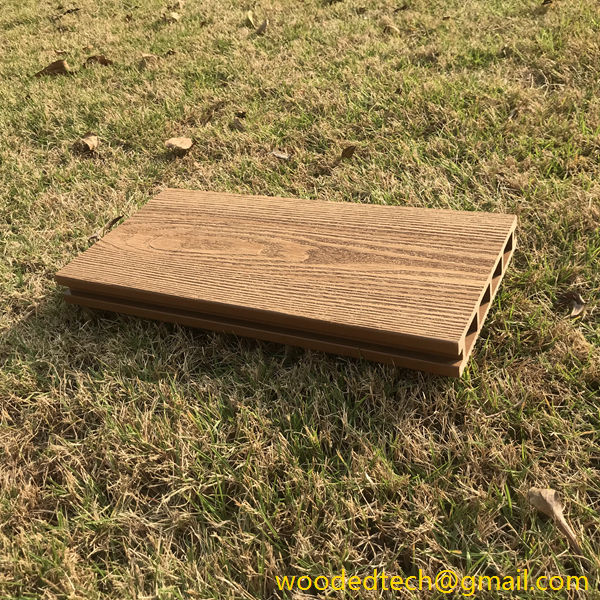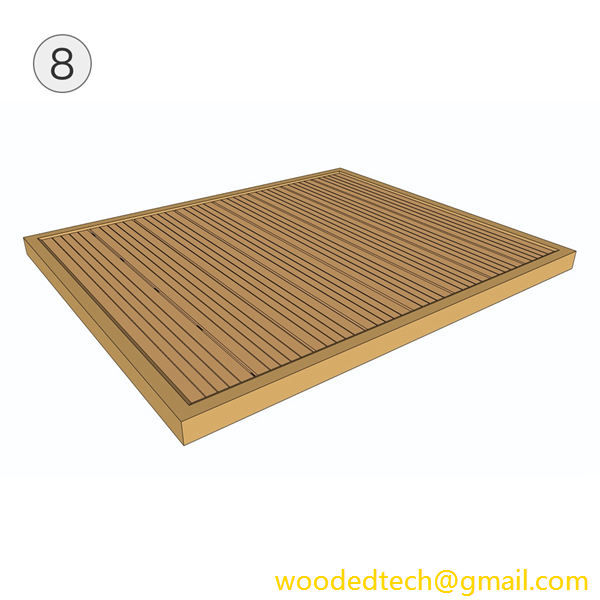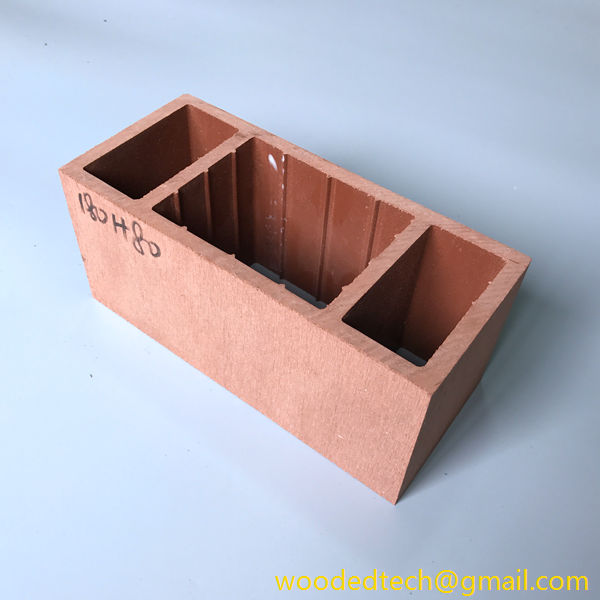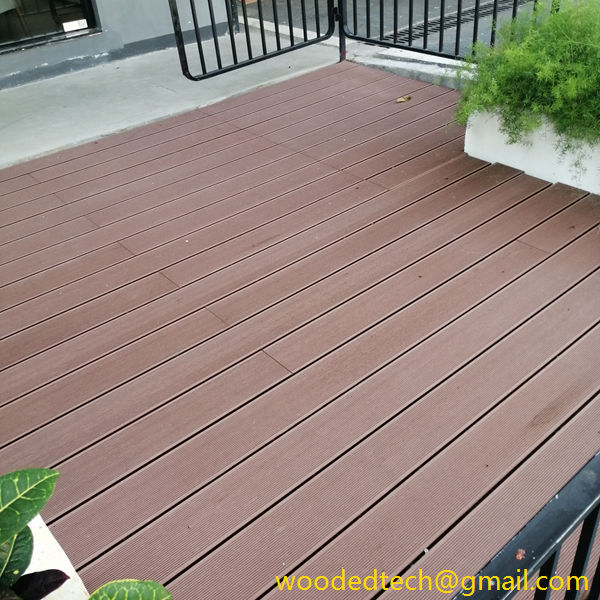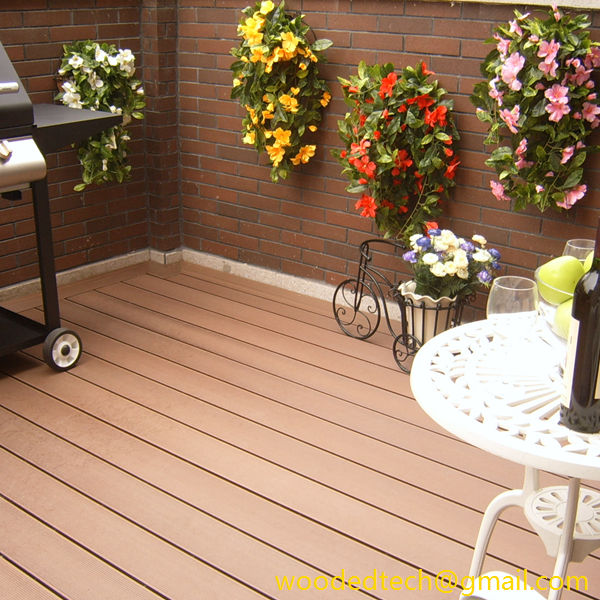Costo del rivestimento in WPC: Capire i fattori di costo dell'installazione del rivestimento in WPC
Costo del rivestimento in WPC: Quando si considerano le opzioni di rivestimento esterno per edifici residenziali o commerciali, un materiale che ha guadagnato una notevole popolarità negli ultimi anni è il rivestimento in Wood Plastic Composite (WPC). Questo materiale innovativo combina i migliori attributi del legno e della plastica, offrendo una serie di vantaggi tra cui la...
Costo del rivestimento in WPC: Capire i fattori di costo dell'installazione del rivestimento in WPC
When considering exterior cladding options for residential or commercial buildings, one material that has gained significant popularity in recent years is Wood Plastic Composite (WPC) cladding. This innovative material combines the best attributes of wood and plastic, offering a range of benefits including durability, low maintenance, and aesthetic appeal. However, before deciding on WPC cladding, it is essential to understand the various cost factors associated with its installation.
The initial investment for WPC cladding can vary significantly based on several elements. One of the primary cost determinants is the material itself. WPC is generally more expensive than traditional wood but often more affordable than high-end materials like natural stone or fiber cement. The price of WPC cladding can range from three to ten dollars per square foot, depending on the quality and brand of the product. Higher-quality WPC products often come with better warranties and longer lifespans, which can justify the higher initial costs.
Another crucial factor influencing the overall cost of WPC cladding installation is the size and complexity of the project. Larger projects will naturally require more material, which can drive up costs. Additionally, if the building has a complicated design with numerous angles, curves, or architectural features, installation costs may increase due to the additional labor and materials required to accommodate these complexities. On the other hand, a straightforward installation on a simple structure may help keep costs down.
Labor costs are another significant consideration when budgeting for WPC cladding installation. The expertise of the contractors you hire can impact the overall expense. If you choose to work with experienced professionals who specialize in WPC installation, you can expect to pay a premium for their services. However, the investment in skilled labor can pay off in the long run, as proper installation is crucial for maximizing the lifespan and performance of the cladding. Inadequate installation can lead to issues such as warping, moisture damage, or reduced aesthetic appeal, ultimately resulting in higher costs for repairs or replacements.
In addition to material and labor costs, there are other expenses to consider, such as tools and equipment needed for the installation. If the contractors do not already possess specialized tools for WPC cladding, these costs will need to be factored into the overall budget. Furthermore, any necessary permits or inspections required by local building codes may also affect the total cost. Homeowners and builders should research local regulations to ensure compliance, as failing to secure the appropriate permits can lead to fines and additional expenses down the line.
One of the significant advantages of WPC cladding is its maintenance-free qualities, especially in the later stages of use. Unlike traditional wood, which requires regular painting, staining, or sealing to maintain its appearance and protect it from the elements, WPC cladding is designed to withstand harsh weather conditions with minimal upkeep. Homeowners can enjoy the aesthetic appeal of wood without the associated maintenance costs and labor. Over time, this reduced need for maintenance can offset some of the initial installation costs, making WPC a more economical choice in the long run.
Another cost-saving aspect of WPC cladding is its energy efficiency. Many WPC products are designed with insulation properties that can help regulate indoor temperatures, potentially reducing heating and cooling costs. This energy efficiency can contribute to lower utility bills over time, making WPC cladding not only an attractive option but also a financially sound investment.
Additionally, WPC cladding is often resistant to pests and rot. This characteristic can save homeowners significant amounts of money on pest control and replacement costs that can arise with traditional wood cladding. By choosing WPC, property owners can minimize the risk of damage from termites and other wood-destroying insects, leading to further long-term savings.
It is also worth noting that WPC cladding comes in various styles, colors, and finishes, allowing for a high degree of customization. While some premium styles may come at a higher cost, the availability of different options means that homeowners can find a product that fits their budget while still achieving the desired aesthetic.
Lastly, as sustainability becomes a more significant consideration in construction and renovation projects, it is essential to recognize that many WPC products are made from recycled materials. This environmentally friendly aspect may appeal to those looking to reduce their ecological footprint while still enjoying the benefits of modern building materials.
In conclusion, understanding the cost factors associated with WPC cladding installation is crucial for making an informed decision. While the initial investment might be higher than traditional wood, the long-term benefits, including low maintenance, energy efficiency, and durability, can make WPC a cost-effective choice over time. By carefully considering the various elements that contribute to the overall costs, homeowners and builders can develop a realistic budget that aligns with their needs and preferences. Ultimately, the choice to invest in WPC cladding can enhance the beauty and functionality of a property while providing peace of mind with its maintenance-free attributes.

